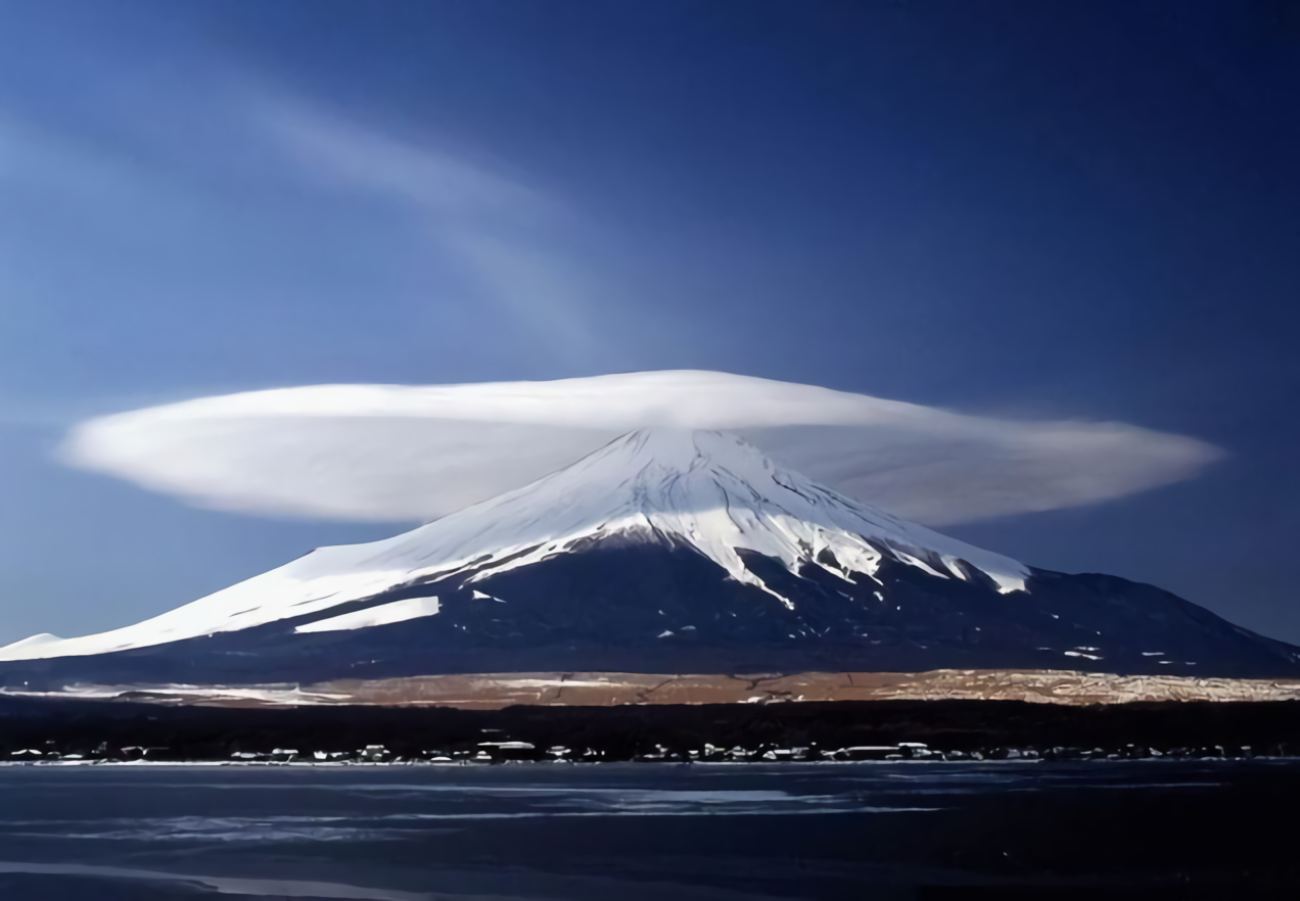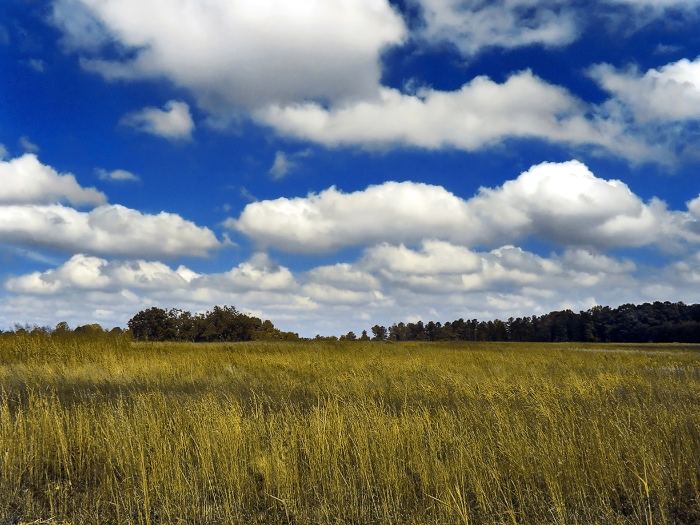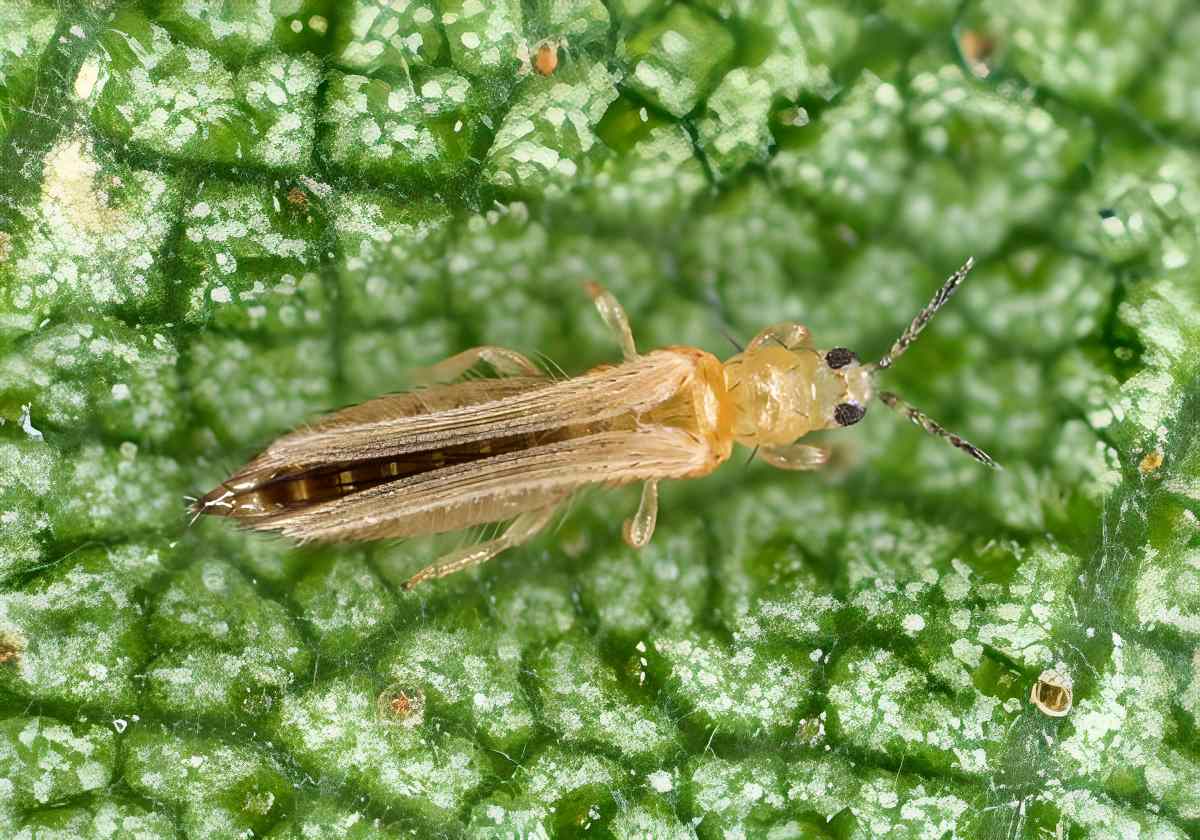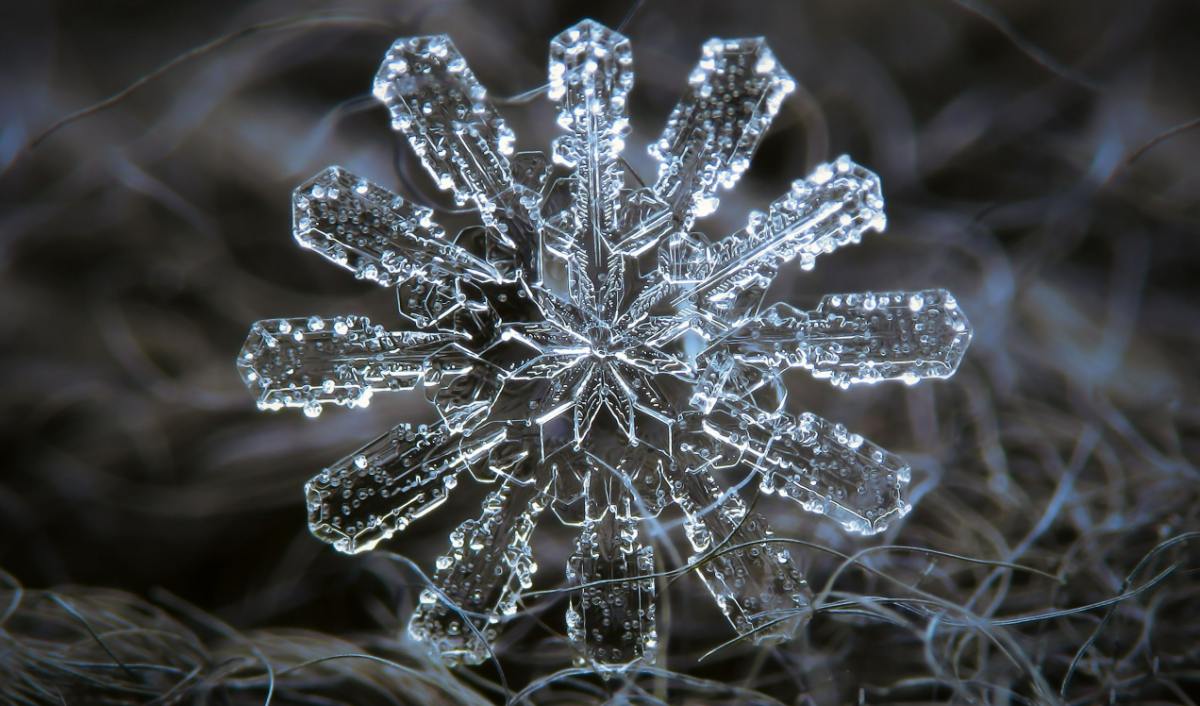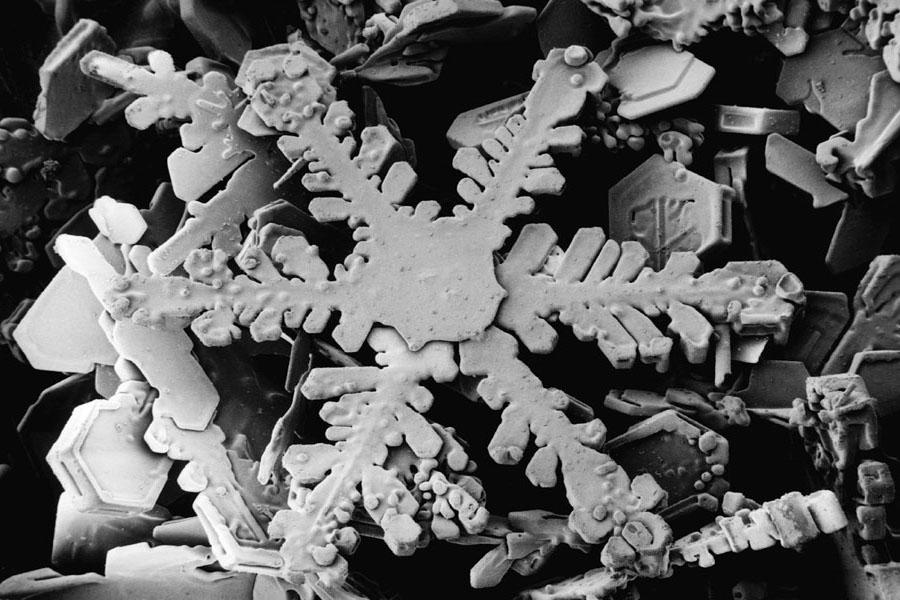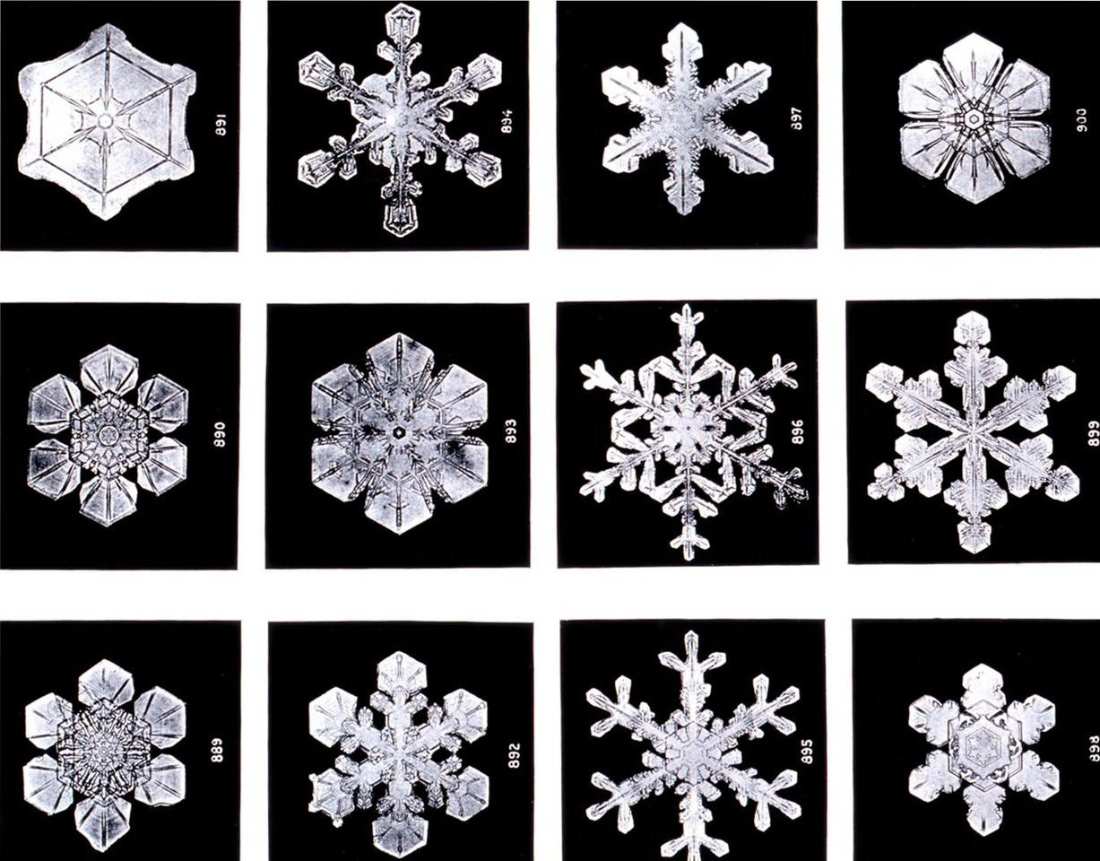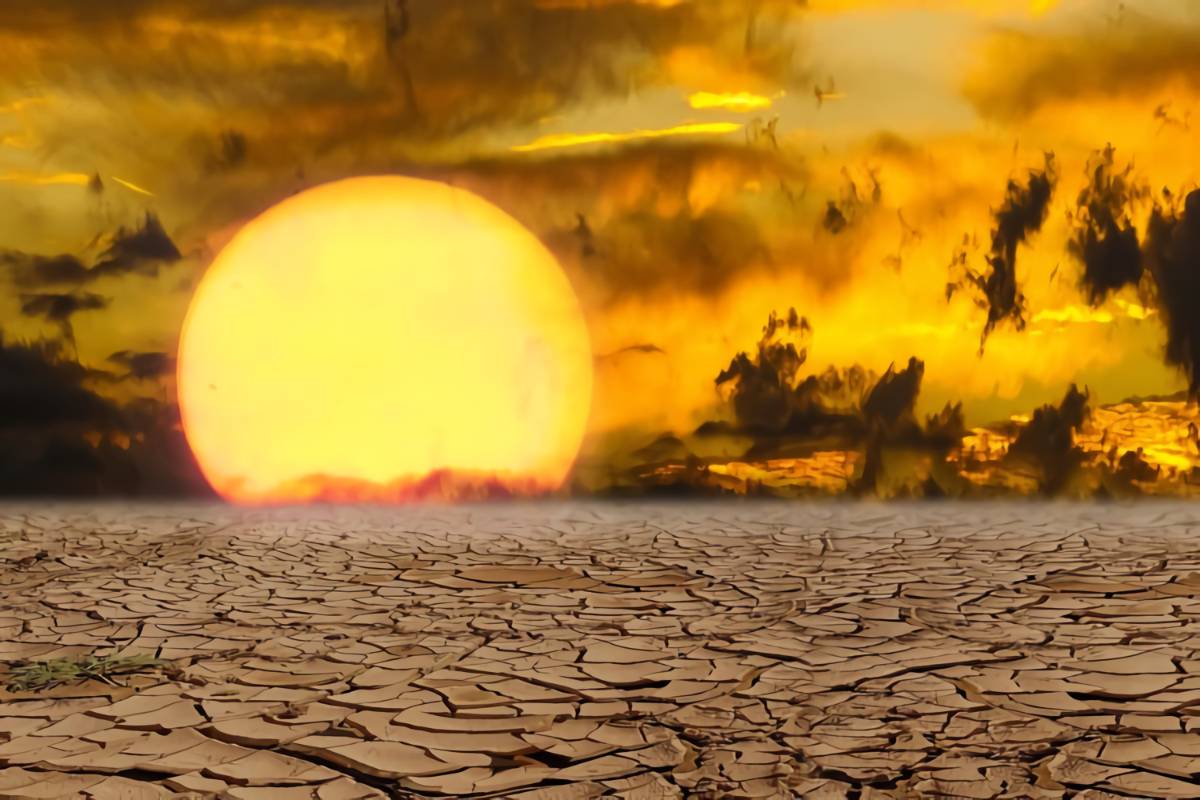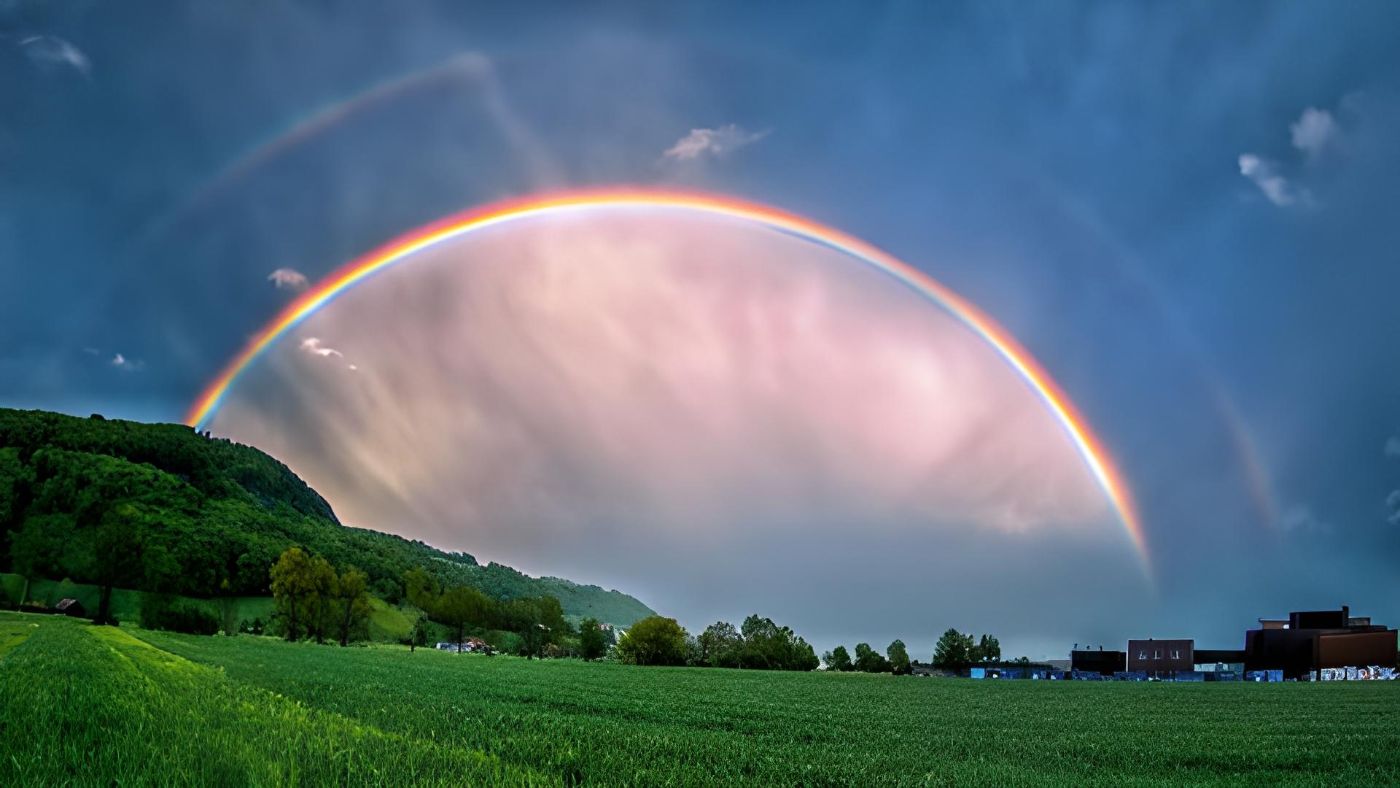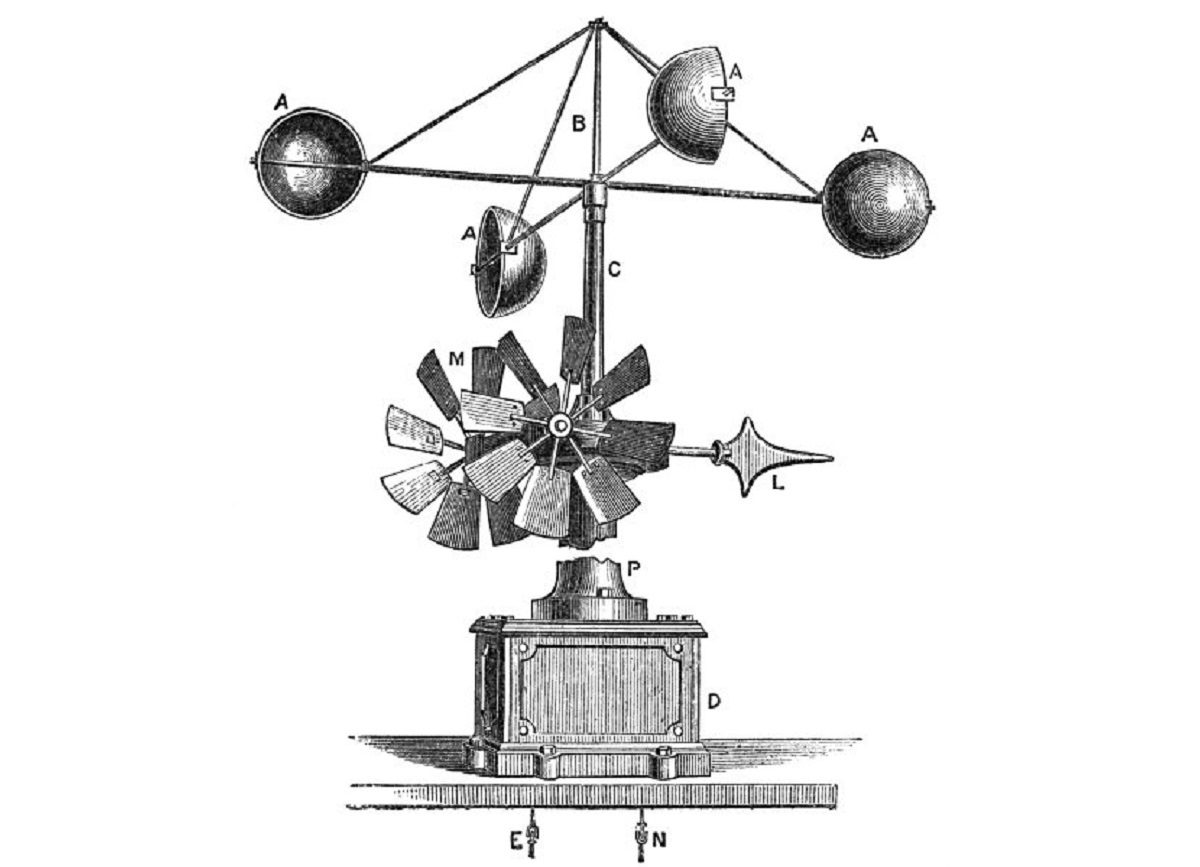Lightning is only one of several electromagnetic phenomena caused by thunderstorms that we can see here on Earth. Pilots have reported seeing red “sprites” and “blue jets” above thunderclouds for decades. Translucent, ring-shaped “ELVES” and gamma-ray bursts that seemed to originate from the clouds have also been reported. The interconnected nature of these radiation events is still poorly understood. But there is a possible connection between the ELVES and the gamma-ray bursts.
What Is An ELVES?
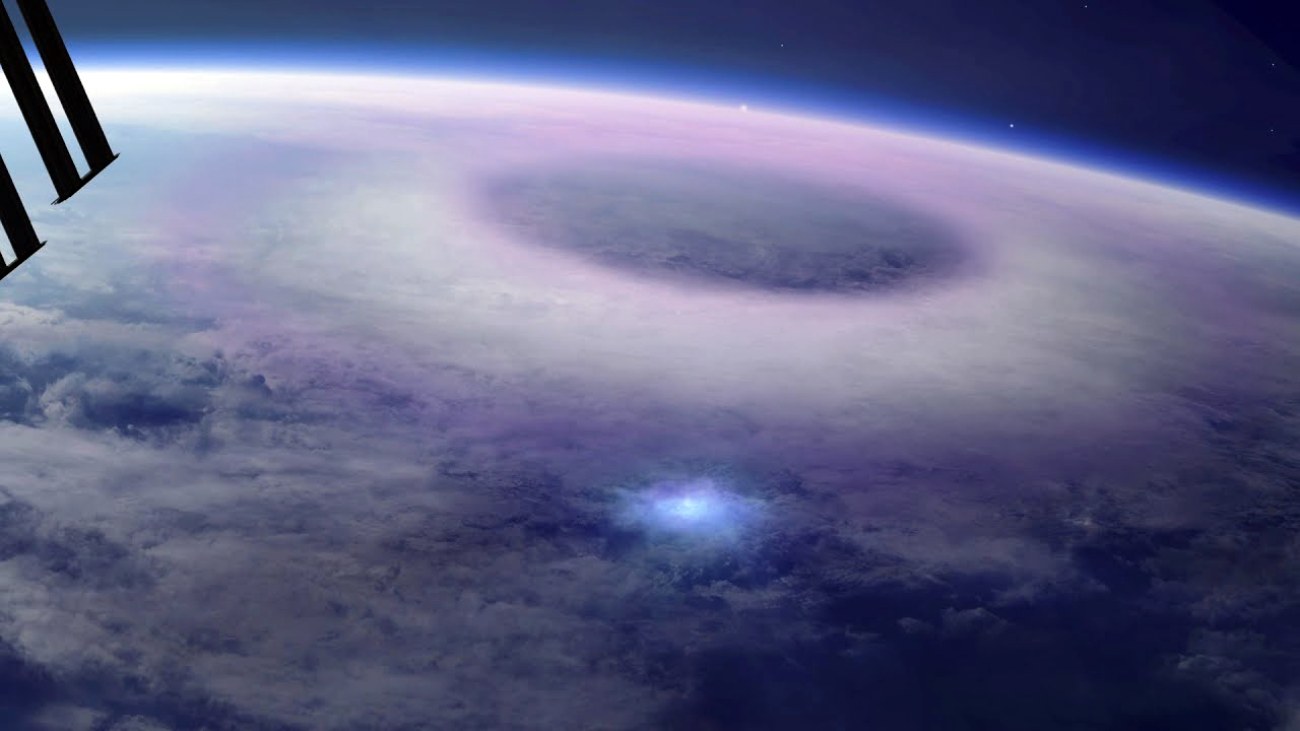
“Emissions of Light and Very Low Frequency Perturbations due to Electromagnetic Pulse Sources” is an abbreviation for this singular occurrence called ELVES. The ELVES is a kind of TLE, or “Transient Luminouse Events.” Transient luminous events (TLEs) are atmospheric phenomena that arise as a byproduct of primary thunderstorm lightning.
The light of an ELVES comes from the excitation of nitrogen molecules brought on by collisions between electrons. The electromagnetic pulse might have energized the electrons due to a discharge from an underlying thunderstorm.
The ELVES usually glows for 1 millisecond, and they appear as a ring-shaped light expanding 250 mi (400 km) in diameter. ELVES was originally recorded on an STS-41 Space Shuttle flight in 1990. For a while, nobody knew for sure what color ELVES was, but we now believe it is red.
Short gamma-ray bursts generated in thunderstorms appear to be responsible for the formation of ELVES.
How Does ELVES Form?

Some millionths of a second is all that this gamma-ray burst in the atmosphere above a thunderstorm takes. The intense electromagnetic field produced by a lightning strike accelerates electrons in the immediate vicinity. These electrons collide with the nitrogen molecules, exciting them.
During intense discharges, the electrons gain enough speed to combine with other air particles, producing gamma rays. The gamma flash that is sent into the atmosphere as a consequence usually only lasts for 30–40 millionths of a second (microseconds).
When Thunderstorms Produce Powerful Electromagnetic Pulses
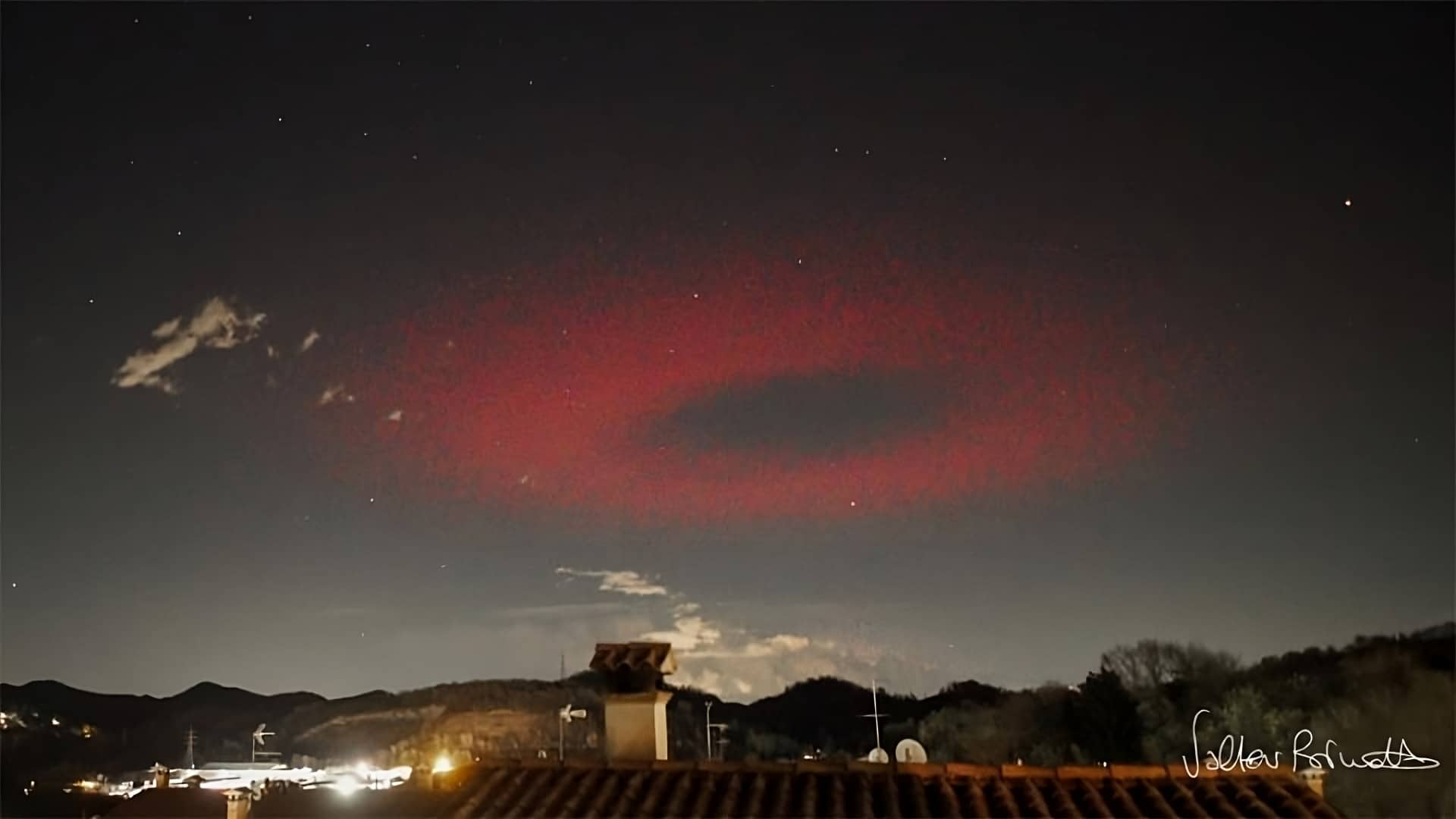
In addition to the gamma-ray, the lightning from a thunderstorm produces powerful electromagnetic waves that go upwards through the atmosphere as an electromagnetic pulse (EMP). This occurs because lightning supercharges the ions present in the atmosphere. This is where the formation of ELVES comes into play.
Once the pulse reaches the bottom of the ionosphere, some 50–55 miles (80–90 km) above the earth, it converts its energy to electrons, which in turn hit gas molecules—usually nitrogen—in the atmosphere, stimulating them enough to create the primarily reddish light. This light is known as ELVES, or ELVESs in the plural.
An ELVES is normally perceptible for a fraction of a second (usually 1 millisecond). Many reported ELVES glows started about the same time as the gamma-ray burst, providing evidence that the two events could be related.
The Electromagnetic Event of ELVES

The European Space Agency’s Atmosphere-Space Interactions Monitor (ASIM) captured numerous signals from a thunderstorm reported by ISS astronauts east of the Indonesian island of Sulawesi. Lightning in the cloud was the first visible sign of this electromagnetic phenomenon.
A gamma-ray burst was likely set off at its onset. Scientists believe gamma rays are created when supersonic electrons collide with airborne atomic nuclei, slow down, and release high-energy photons during a thunderstorm.
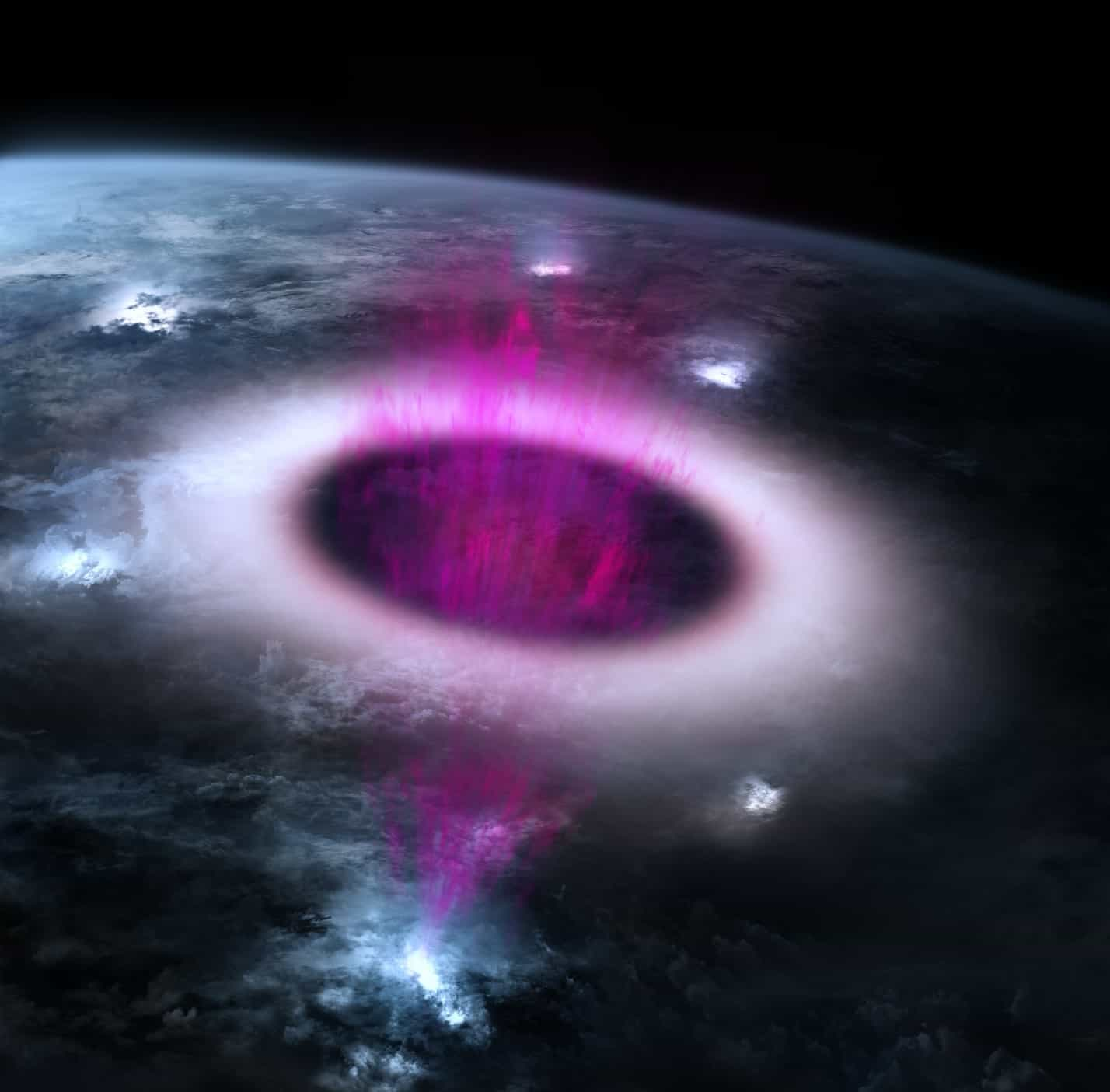
The gamma-ray burst lasted for 30–40 microseconds and was seen to occur at a height of around 7.5 miles (12 km), or 0.60 miles (1 km) below the cloud top. The flare not only emitted gamma rays, but also set off an electromagnetic pulse in the thunderstorm that spread horizontally and vertically for miles. At that height of 50–55 miles (80–90 km), it created an ELVES, which appeared as a ring-shaped light.
The ISS’s sophisticated detectors picked it up in the electromagnetic spectrum’s reddish and ultraviolet regions. This time the observed ELVES started to glow a little more than 10 microseconds after the gamma-ray burst began.


